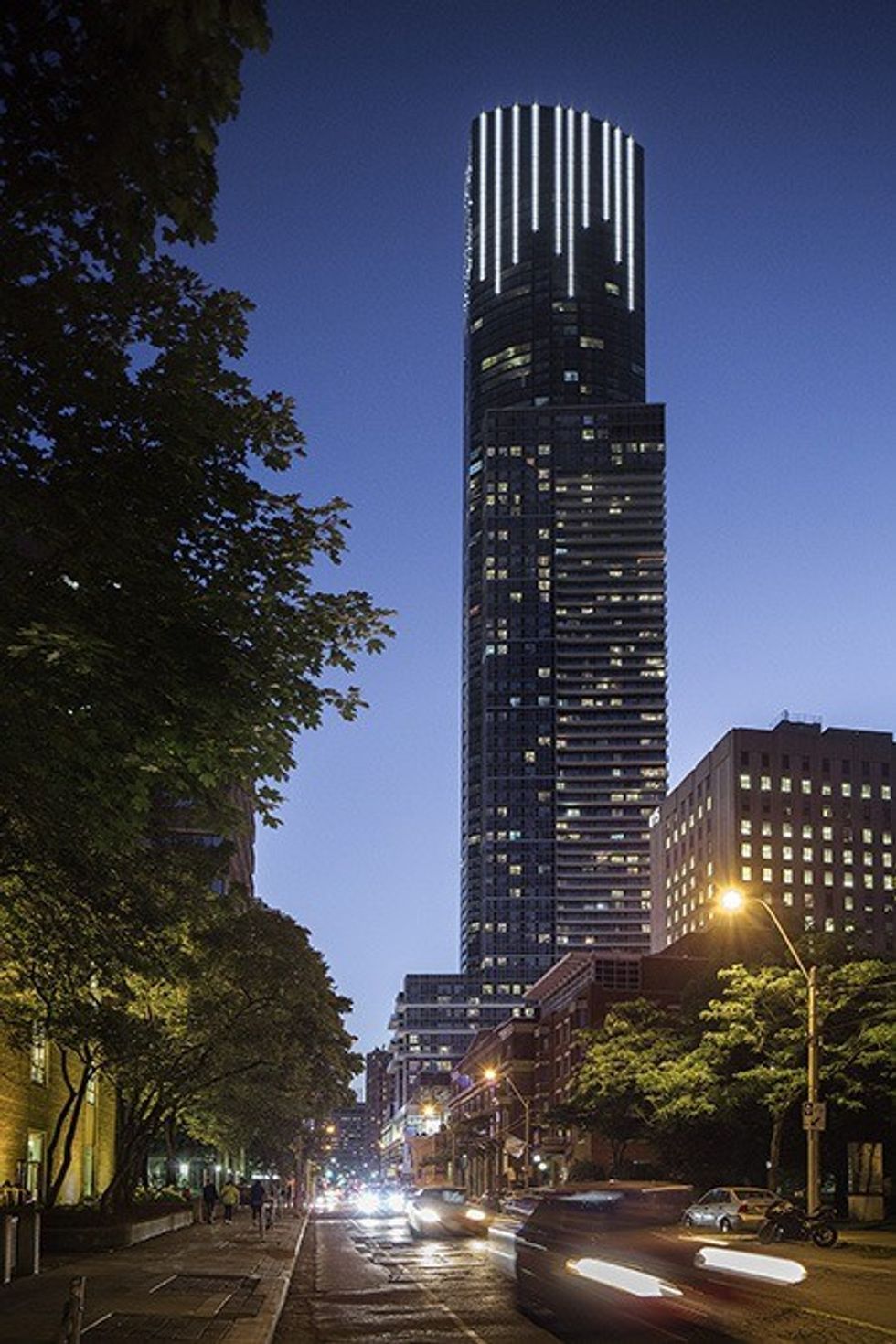
“Shhh,” my mother used to tell me through the 1970s — a lot.
Whether we were in the paediatrician’s office, or the housewares department at Sears, whether I was visiting my grandparents in the “Home”, or having Chinese food with family Sunday night at the Lucky Star, there was never any doubt — if I got too loud, or called too much attention to myself, I was sure to get that look from my mom.
The look was followed by the shush, which always preceded a talk from my Dad about not “showing off”.
Although I was completely loved, encouraged and supported by my parents, I was always aware that standing out was never seen as outstanding. That being too much of something in public was, simply, just too much.
But I’m not bitter. I’m Canadian. So I get it.
Other than in the hockey rink or on the curling sheet, our national identity dictates that we deflect attention rather than demand it.
Leave standing out to the Americans, as we prefer to stand back. Let them have Vegas, the Grand Canyon, Times Square. Let them keep Donald J. Trump … please.
We’re polite. Cooperative. Quietly confident. We’re Canadian. Never big, bold, or bright — with the exception of our beloved Honest Ed’s — Torontonians continue to shush one another whenever we get too loud.
Or we did until the condo boom, and the arrival of developers like Canderel Residential, who changed our city’s skyline, our architecture and our sense of self. They showed us that we could, in fact, be big, bold and bright.
Through the first decade of the new millennium, Canderel helped lead the Toronto condo boom with projects in King West and at College Park. With a litany of successful projects, the company is perhaps best known for the development of Aura, a mixed-use tower at the corner of College and Yonge, which pierced the sky at an astounding 80 storeys.
The tallest residential tower in Canada at its launch in 2007, today the building is fully occupied with more than 2,500 residents calling Aura home. Its distinctive form has been further defined by the recent addition of a lighting display at its top, distinguishing and highlighting Aura for Torontonians across the city.
A milestone development for Toronto at its launch, and still today, Aura has been generating headlines for more than a decade, including last week when the Globe and Mail’s Alex Bozikovic devoted his column to it.
And he didn’t like it.
Not the tower, and not the lights, which he called “gaudy” and a “surprise” for many Torontonians.
But Bozikovic looked at Aura like a stereotypical Canadian. Critical of the developer, the architect, the expert design panel that reviewed the plan and the city which approved the project, Bozikovic used 618 words for a position he could have summed up in one: Shhh!
Bozikovic is the architecture critic at Canada’s national newspaper. He knows more about architecture and design than I do and more than I ever will. His opinions are highly respected, and he’s a writer whose columns I look forward to reading.
But surely a critic of Bozikovic’s stature would agree that the best buildings are the ones we care enough about to consider. That architecture which fails to make a statement is far less worthy of our attention than those with something to say.
Aura’s lesson for Bozikovic and the rest of us seems pretty clear to me — that Canadians should never be afraid to be big, to be bold and to be bright.
Eh?
Editor’s note: This author has worked as a public relations consultant for Canderel Residential and Aura in the past.























